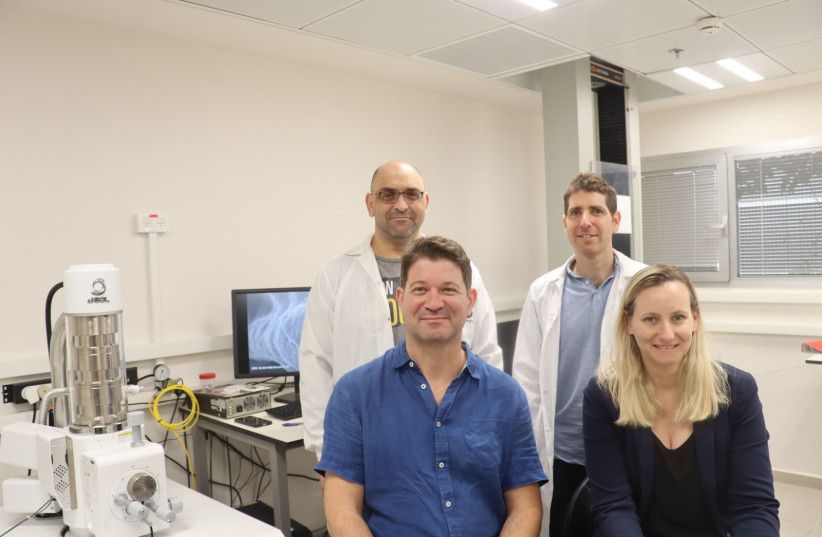Latest Development in Hydrogen Storage
Key Points * Recent advancements in hydrogen storage focus on improving efficiency, safety, and scalability for

In an exciting development for the renewable energy sector, researchers have achieved a significant milestone in green hydrogen production, attaining an impressive 90% energy efficiency. The approach, unveiled in a recent study, employs hydrogenase enzymes derived from the green alga Chlamydomonas reinhardtii, contained within a specially designed 3D structure.
The existing process of green hydrogen production typically involves water electrolysis powered by renewable energy sources such as wind and solar. However, this conventional method faces inherent limitations, including a thermodynamic minimum potential difference of 1.23 V and issues of overpotential.
The research team's novel solution involves the use of hydrogenase enzymes as a biocatalyst. These metalloenzymes can catalyze the reduction of protons into hydrogen and the reverse reaction. This process requires significantly lower redox potentials than traditional electrolysis, making hydrogenase enzymes highly promising candidates for green hydrogen production.
Scientists harnessed a particular class of hydrogenases – [FeFe] hydrogenases – which have been shown to be particularly effective for hydrogen production. In order to facilitate direct electron transfer between the enzyme and the electrode, the enzyme was immobilized onto a conductive surface, a process that can be achieved through various methods.
However, the capacity for enzyme loading, and thus the overall activity, is traditionally limited by the two-dimensional nature of electrode surfaces. To overcome this, the research team explored techniques to increase the available surface area by creating a three-dimensional (3D) electrode.
The team used carbon-based materials to construct a 3D electrode, which allows for the accommodation of more active material compared to a traditional flat surface. This was then combined with an enzyme immobilization strategy to ensure the enzyme's proximity to the electrode and to prevent diffusion away from it.
To immobilize the enzyme, the researchers employed an innovative self-assembled peptide-based hydrogel, known as FmocFF, which spontaneously forms under mild conditions. This environmentally friendly material provided an effective means for enzyme immobilization without the need for harsh conditions or chemical modifications that might impair enzyme activity.
The team encapsulated Chlamydomonas reinhardtii [FeFe] hydrogenase (HydA) within the FmocFF peptide hydrogel and positioned it on a carbon felt electrode. The system relied on a process known as mediated electron transfer, which involves the reduction of methyl viologen (MV) at the carbon fibers, shuttling electrons to the encapsulated enzyme to produce hydrogen.
This pioneering approach allowed researchers to take advantage of the 3D architecture of the carbon felt, offering efficient electron shuttling while overcoming surface limitations. It also facilitated the encapsulation of high amounts of the enzyme under mild conditions.
This breakthrough paves the way for a significant boost to the green hydrogen industry, setting a new standard in energy efficiency that has the potential to revolutionize the renewable energy market. The researchers' innovative work brings us one step closer to a sustainable, carbon-neutral future.
Read the full paper: https://onlinelibrary.wiley.com/doi/full/10.1002/cey2.411